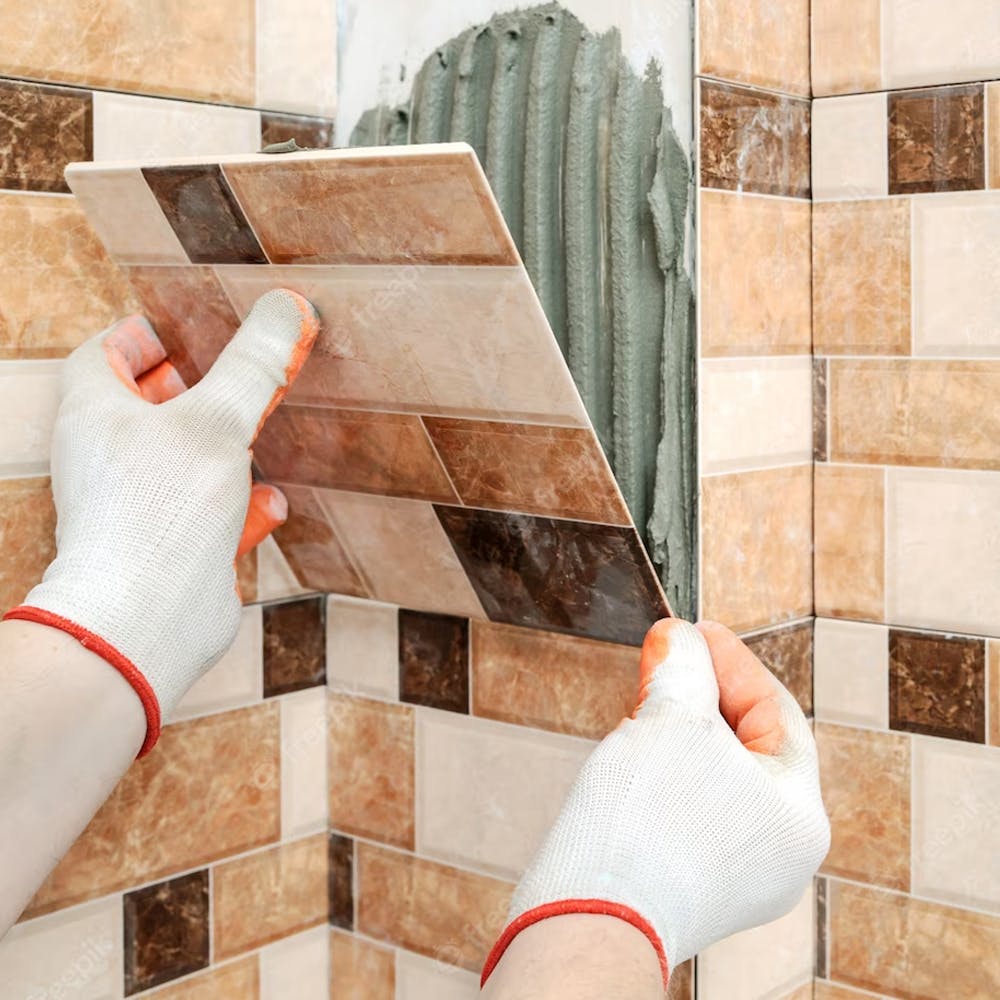Drop ceiling tiles are a versatile and popular choice for both residential and commercial spaces. They offer practicality, aesthetics, and ease of installation. However, achieving precision cuts on drop ceiling tiles is essential for a seamless and professional finish. In this comprehensive guide, we’ll walk you through the steps and techniques necessary to make precise cuts on drop ceiling tiles, ensuring a polished and professional look for your space.

Understanding Drop Ceiling Tiles
Before diving into the cutting process, it’s crucial to understand the different types of drop ceiling tiles available in the market. Drop ceiling tiles come in various materials such as acoustic, PVC, metal, and fiberglass. Each material has its unique characteristics and requires specific cutting techniques. Additionally, drop ceiling tiles are available in different sizes and designs, including square, rectangular, and even custom shapes. Understanding the type of tile you’re working with will help you determine the appropriate cutting method.
Essential Tools and Materials
To achieve precision cuts on drop ceiling tiles, you’ll need the right tools and materials. Here’s a list of essential items you’ll need for the cutting process:
- Utility Knife: A sharp utility knife with a retractable blade is ideal for cutting most drop ceiling tiles.
- Straightedge: A metal or plastic straightedge will help you make straight and accurate cuts.
- Measuring Tape: Precision measurements are essential for ensuring the proper fit of the tiles.
- Pencil: Use a pencil to mark the cutting lines on the tiles.
- Safety Gear: Wear safety goggles and gloves to protect yourself from any debris or sharp edges.
- Saw (Optional): Depending on the material of the drop ceiling tiles, you may need a saw such as a jigsaw or circular saw for cutting.

Measuring and Marking
Before making any cuts, measure the dimensions of the area where the drop ceiling tiles will be installed. Use a measuring tape to determine the length and width accurately. Once you have the measurements, transfer them onto the tiles using a pencil and straightedge. Double-check your measurements to ensure accuracy, as precise cutting begins with precise marking.
Cutting Techniques
The cutting technique you’ll use depends on the material of the drop ceiling tiles. Here are some common cutting methods:
- Straight Cuts with a Utility Knife: For most drop ceiling tiles, a utility knife is sufficient for making straight cuts. Place the straightedge along the cutting line and score the tile several times with the utility knife. Apply firm pressure to ensure a clean cut. Once the tile is scored deeply, snap it along the scored line to complete the cut.
- Curved Cuts with a Utility Knife: To make curved cuts on drop ceiling tiles, first, mark the curved line using a flexible ruler or template. Score the tile along the marked line using a utility knife, making multiple passes if necessary. Carefully bend the tile along the scored line until it snaps. Smooth out any rough edges with sandpaper if needed.
- Using a Saw: For thicker or more rigid materials like metal or fiberglass, a saw may be necessary. Use a jigsaw or circular saw with a fine-tooth blade designed for cutting your specific tile material. Follow the manufacturer’s guidelines for operating the saw safely, and use clamps to secure the tile in place while cutting.

Finishing Touches
Once you’ve made the necessary cuts, test fit the tiles to ensure they fit properly into the ceiling grid. Make any adjustments as needed to achieve a precise fit. If there are any rough edges or imperfections, use sandpaper to smooth them out for a professional finish. Finally, carefully install the tiles into the ceiling grid according to the manufacturer’s instructions, taking care not to damage the edges or corners.
Maintenance and Safety Considerations
After completing the installation of drop ceiling tiles, it’s essential to consider maintenance and safety measures to prolong the lifespan of your ceiling and ensure the well-being of occupants.
Regular Cleaning:
Dust and debris can accumulate on drop ceiling tiles over time, affecting their appearance and potentially diminishing their acoustic properties. Regularly clean the tiles using a vacuum cleaner with a brush attachment or a soft cloth to remove any buildup. Avoid using harsh cleaning agents or abrasive materials that could damage the surface of the tiles.
Inspect for Damage:
Periodically inspect the drop ceiling tiles for any signs of damage, such as cracks, water stains, or sagging. Addressing these issues promptly can prevent further damage and maintain the integrity of the ceiling system. Replace any damaged tiles as necessary to preserve the aesthetics and functionality of the space.
Fire Safety:
Depending on the material composition of the drop ceiling tiles, they may have different fire resistance ratings. Ensure that the tiles meet the required fire safety standards for your building code regulations. Additionally, avoid installing lighting fixtures or other electrical components that generate excessive heat near the ceiling tiles to minimize the risk of fire hazards.
Air Quality:
Drop ceiling tiles can contribute to indoor air quality by absorbing sound and reducing noise transmission between spaces. However, some materials may emit volatile organic compounds (VOCs) or other harmful substances, particularly when exposed to high temperatures or humidity. Choose low-emission or eco-friendly ceiling tile options to promote better indoor air quality and occupant health.
Ceiling Tile Replacement:
Over time, drop ceiling tiles may become discolored, stained, or damaged due to environmental factors or wear and tear. Consider replacing old or worn-out tiles to maintain the appearance and functionality of the ceiling system. Keep extra tiles on hand to facilitate quick and easy replacements as needed.
Regular Maintenance Schedule:
Develop a regular maintenance schedule for inspecting, cleaning, and repairing drop ceiling tiles to ensure optimal performance and longevity. Establishing proactive maintenance practices can prevent costly repairs or replacements down the line and extend the life expectancy of your ceiling system.
Conclusion
Precision cuts are crucial for achieving a seamless and professional-looking drop ceiling installation. By following the techniques outlined in this guide and using the right tools and materials, you can ensure that your drop ceiling tiles fit perfectly into place, enhancing the aesthetics and functionality of your space. Whether you’re a DIY enthusiast or a professional contractor, mastering the art of precision cuts will elevate the quality of your drop ceiling installations.

